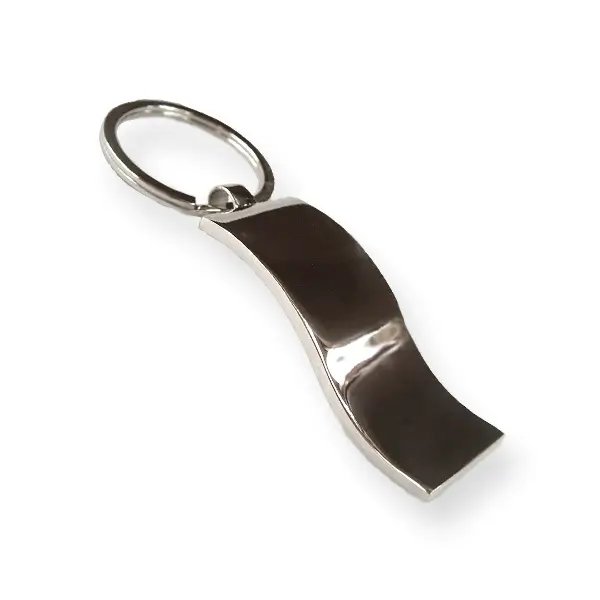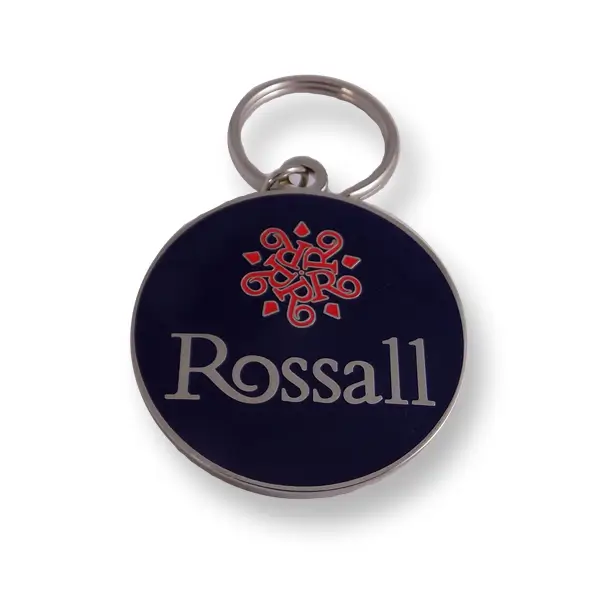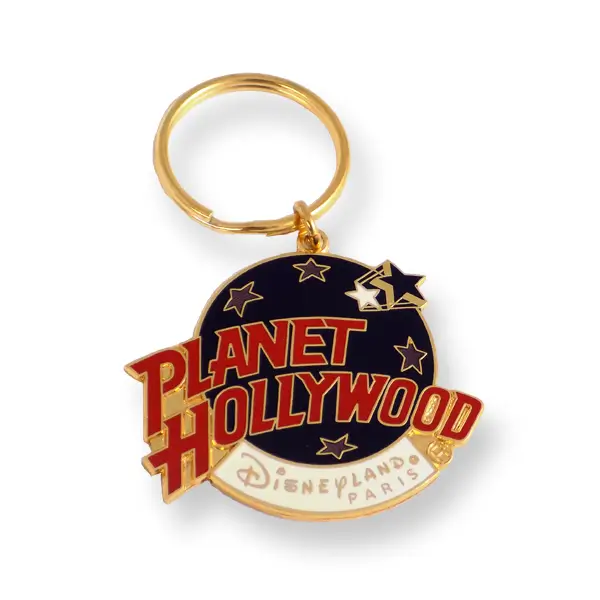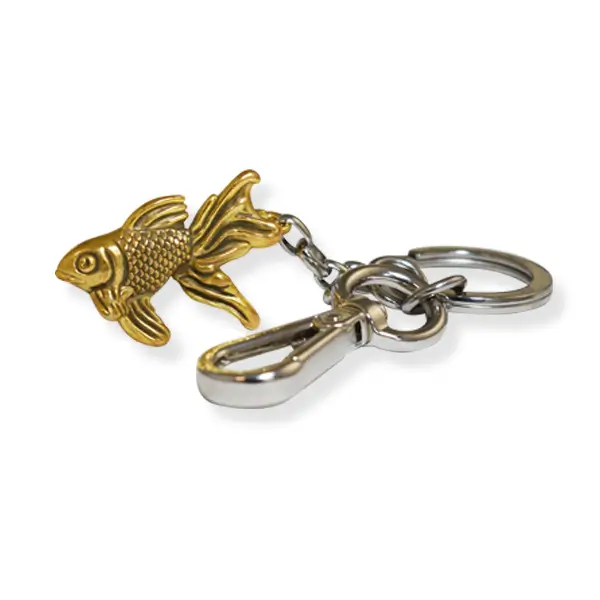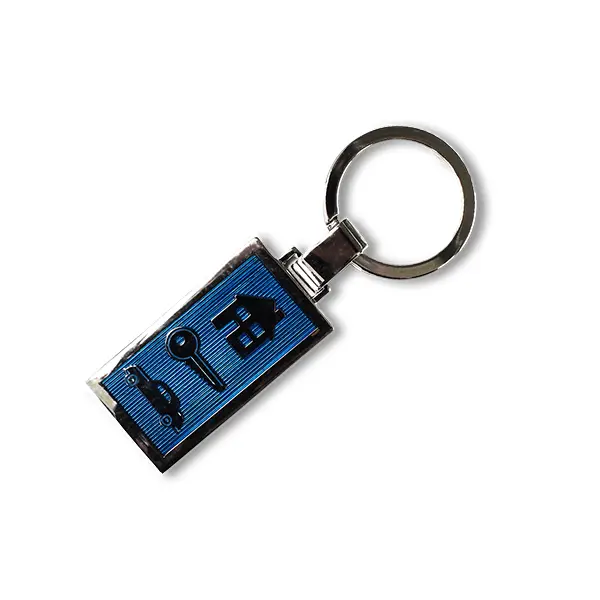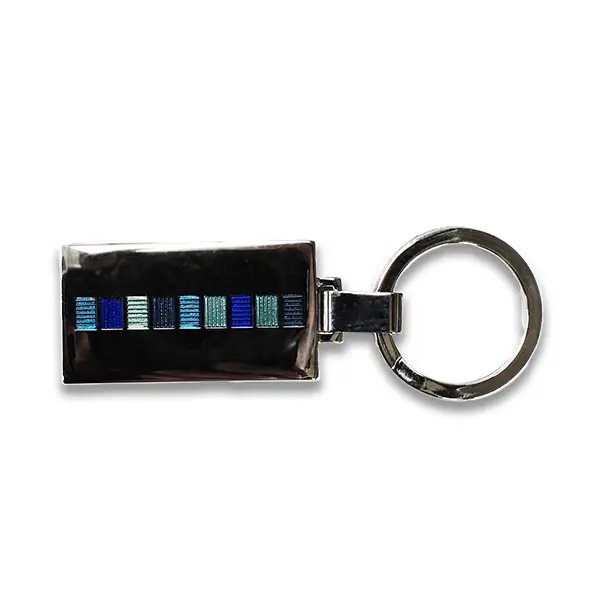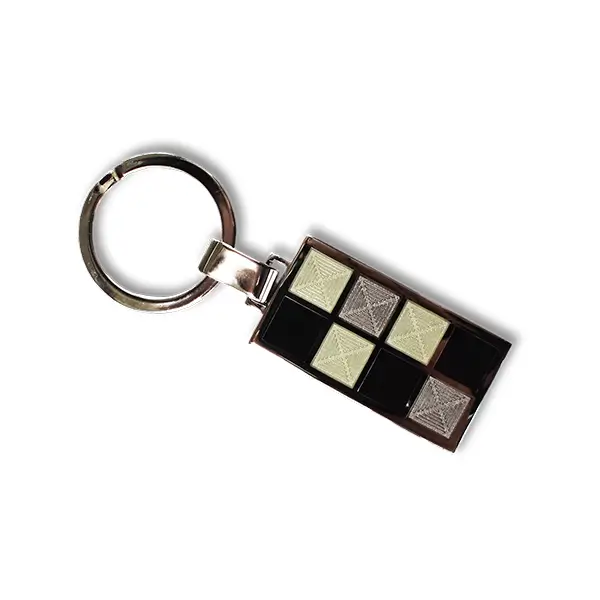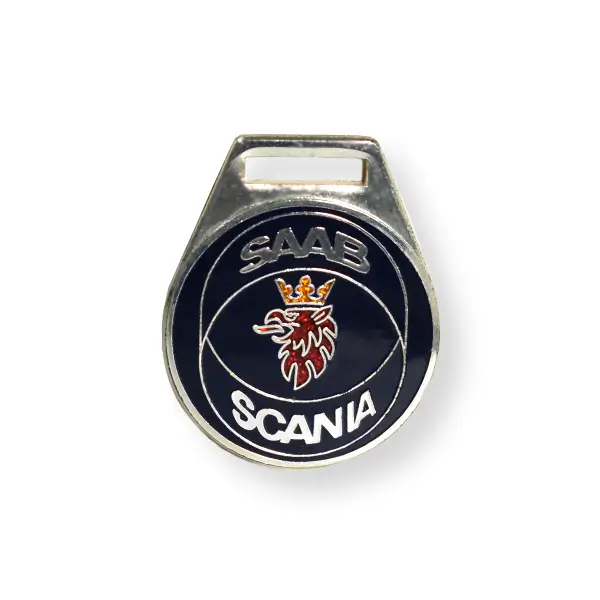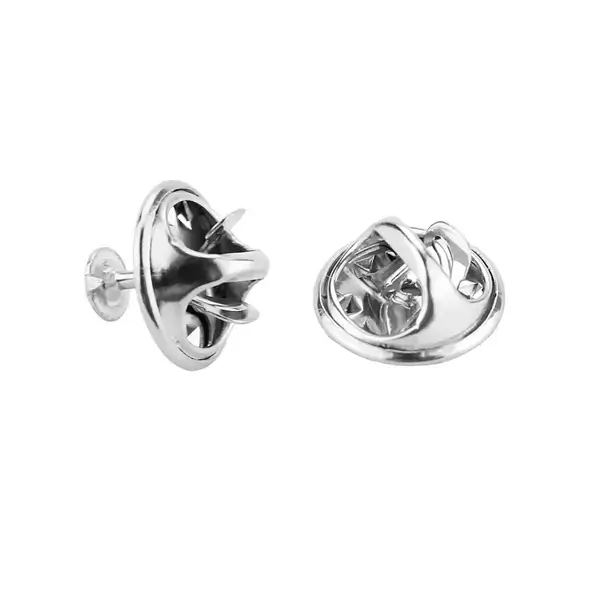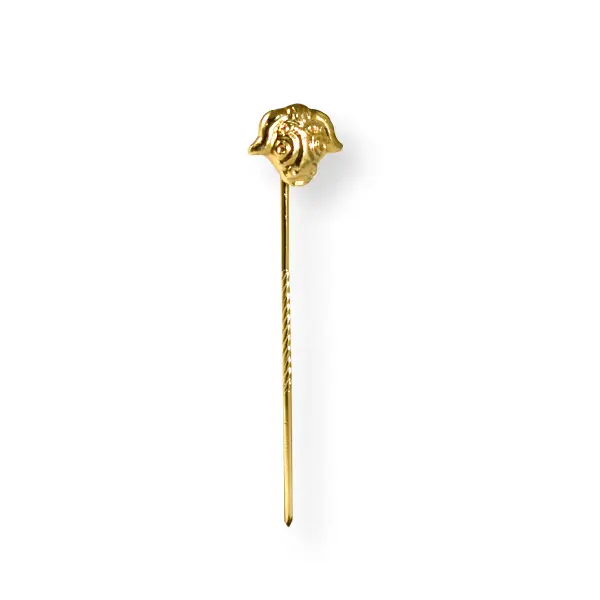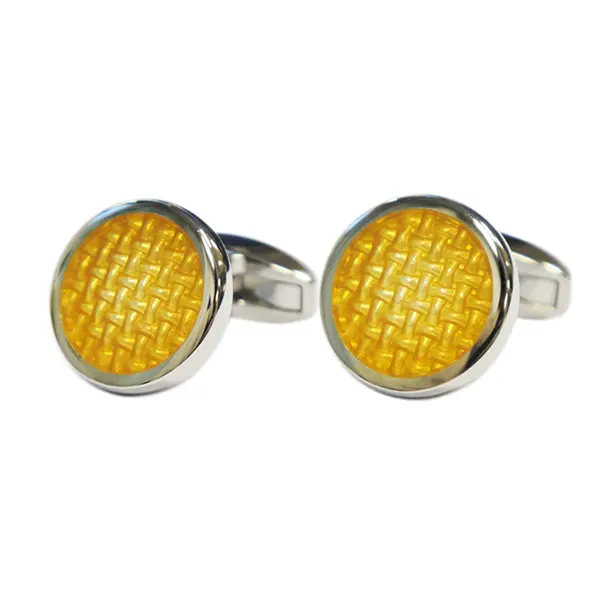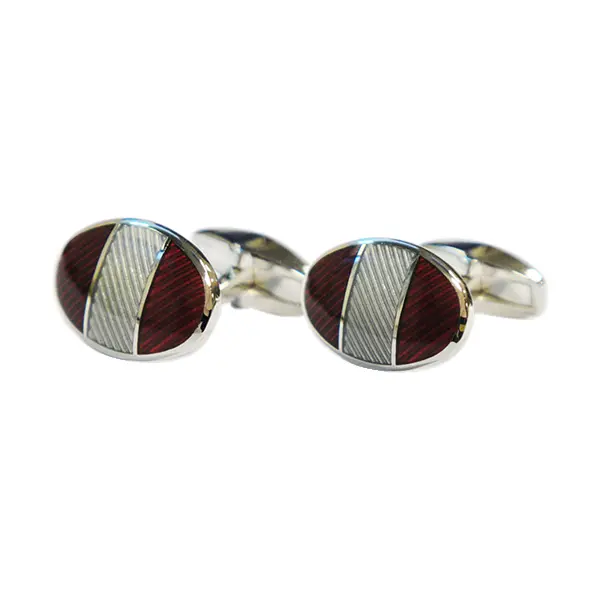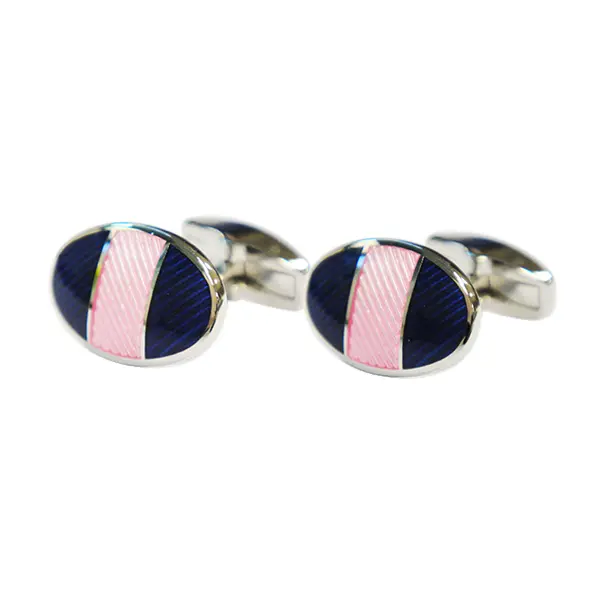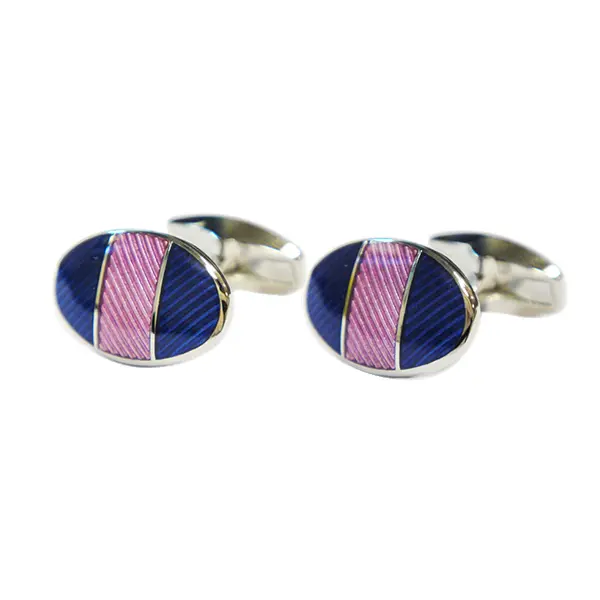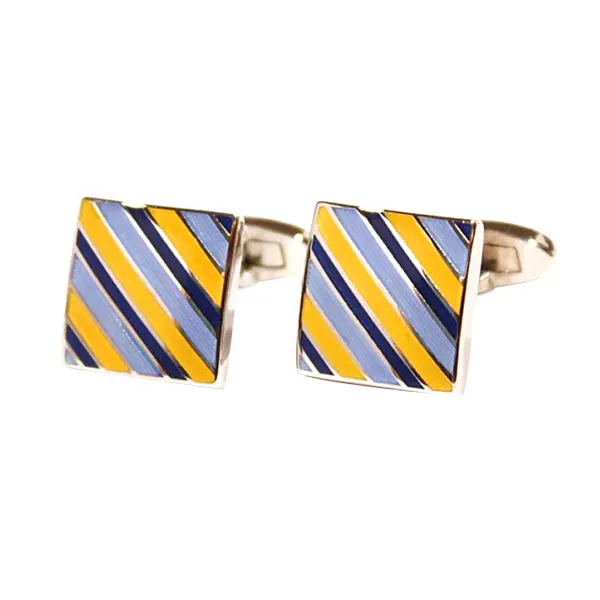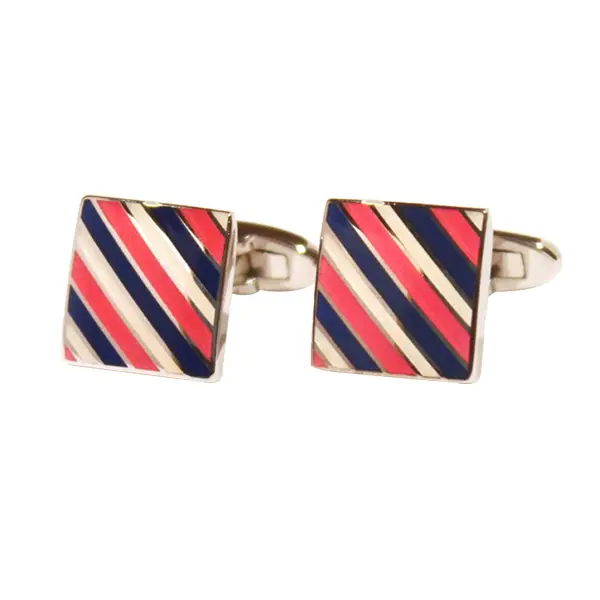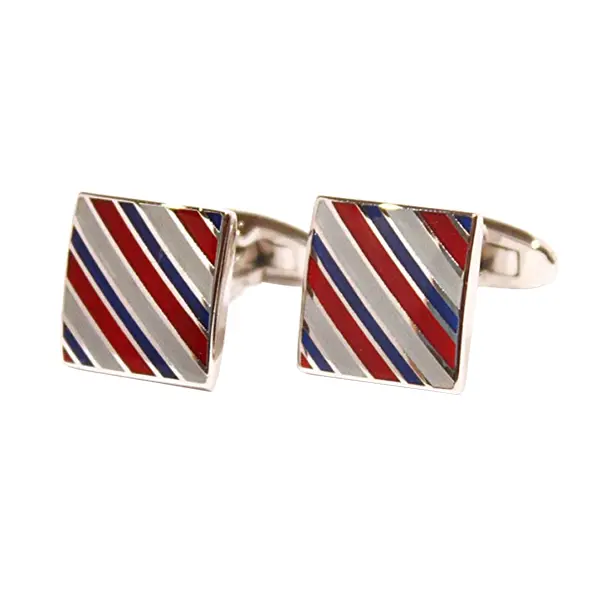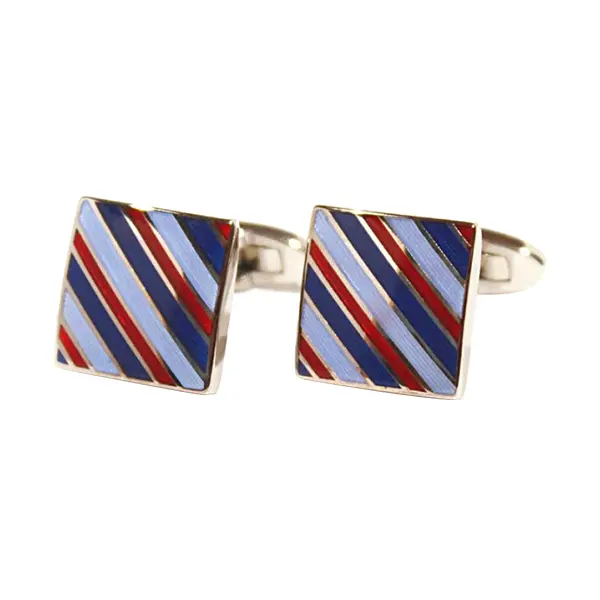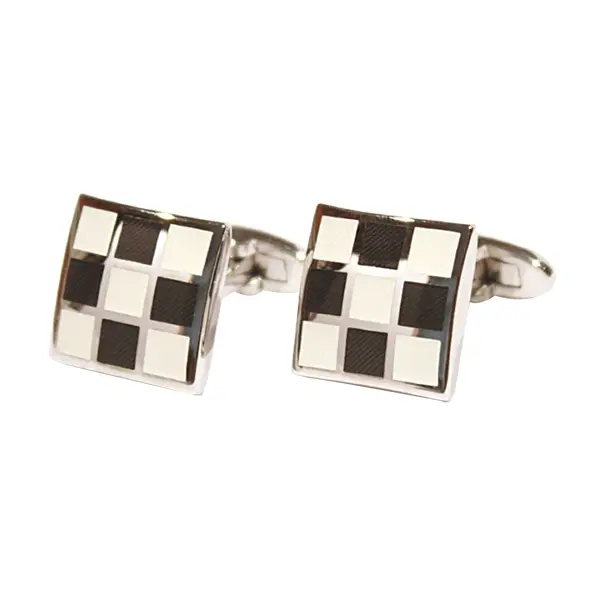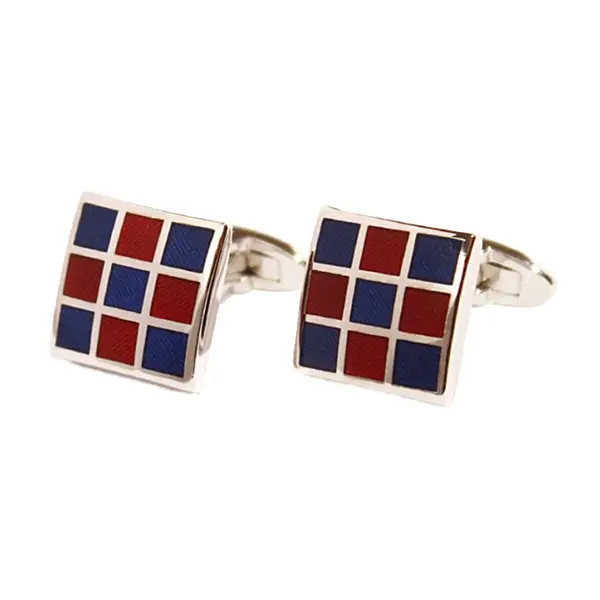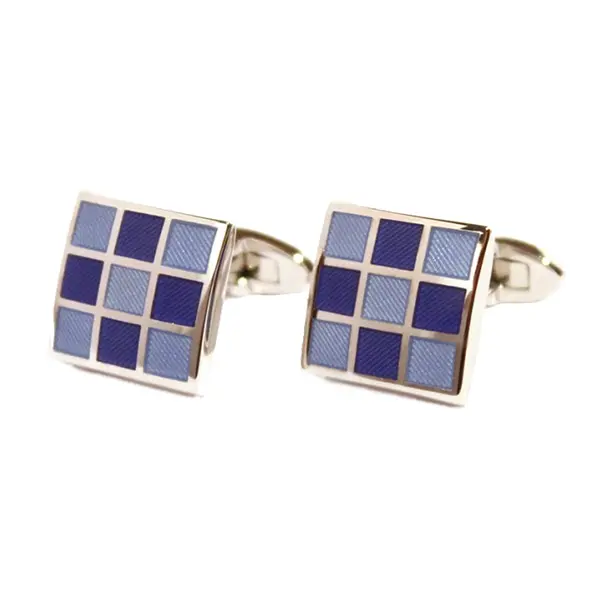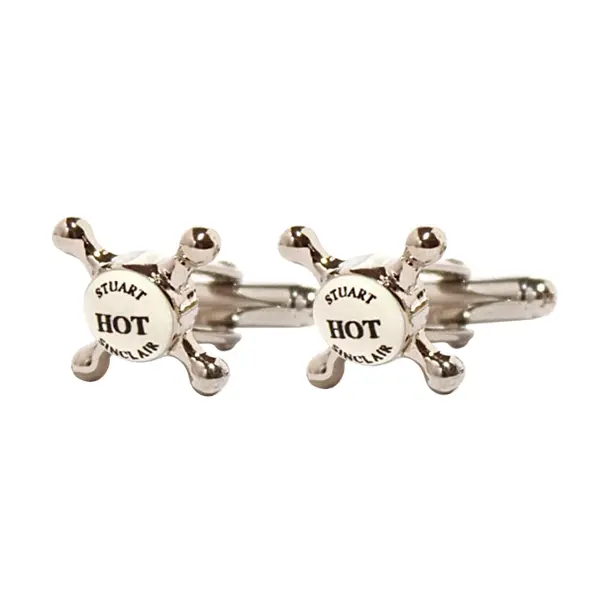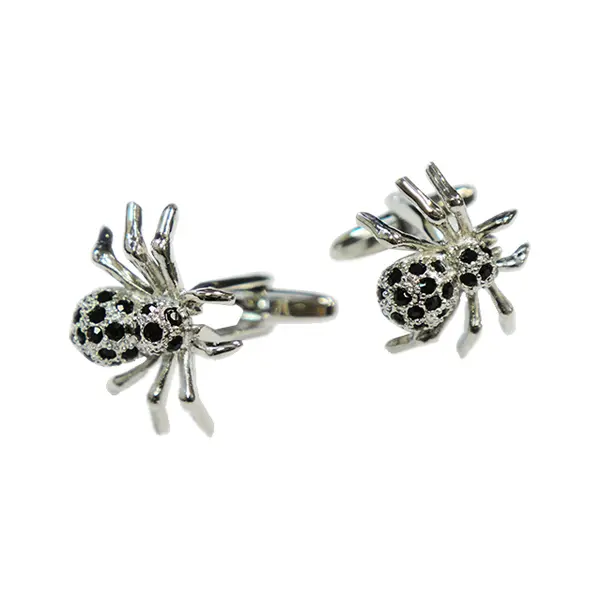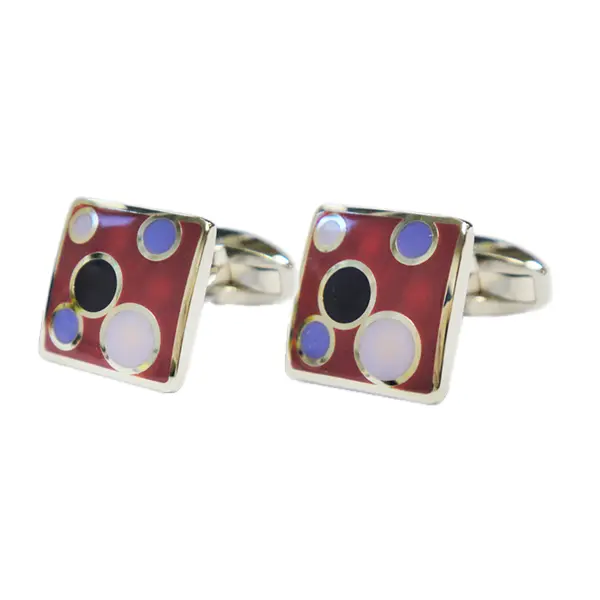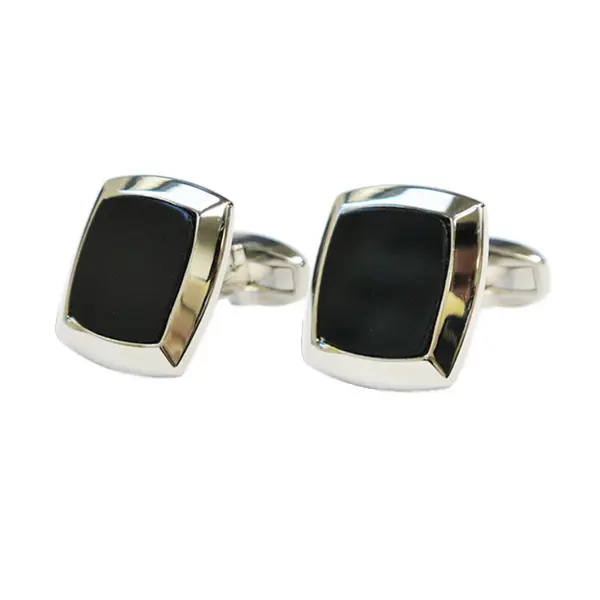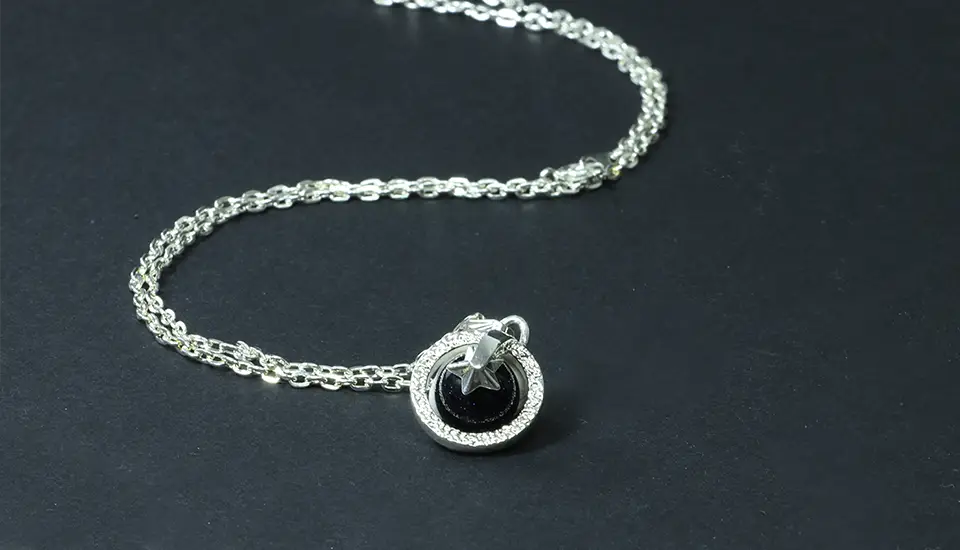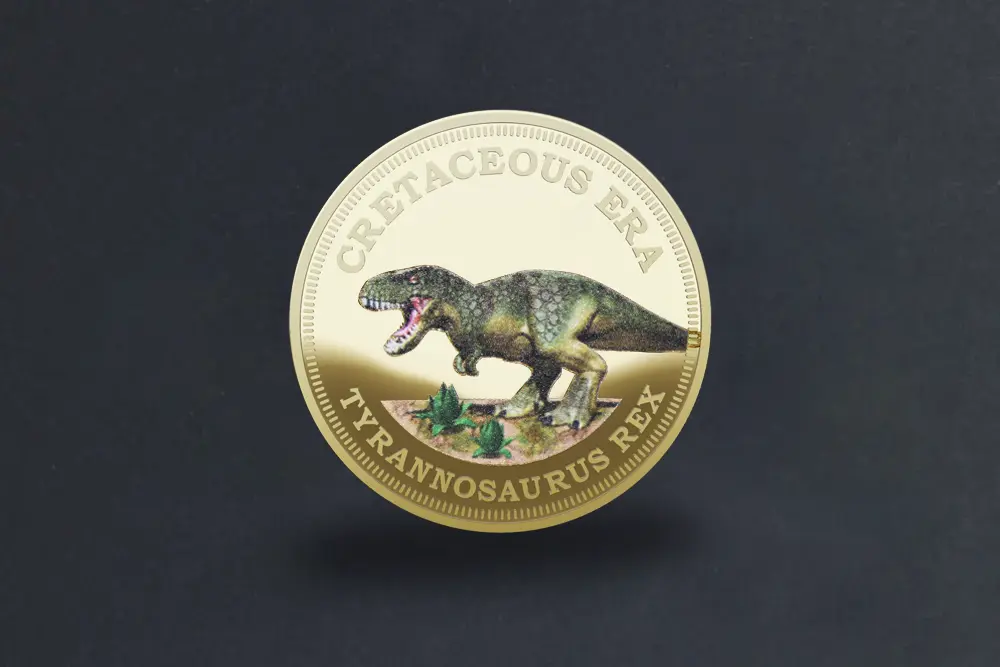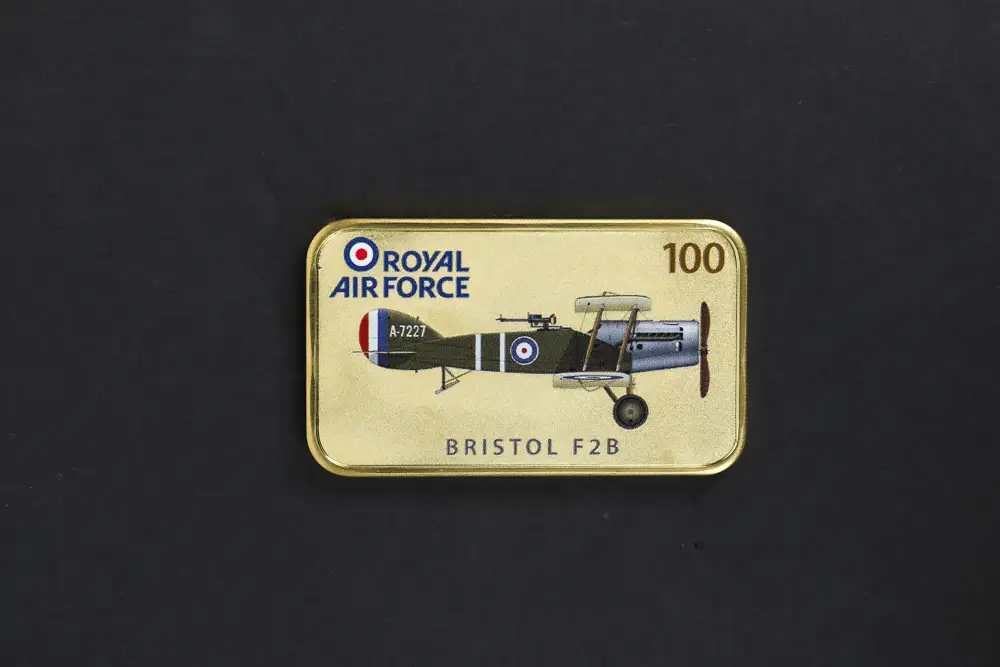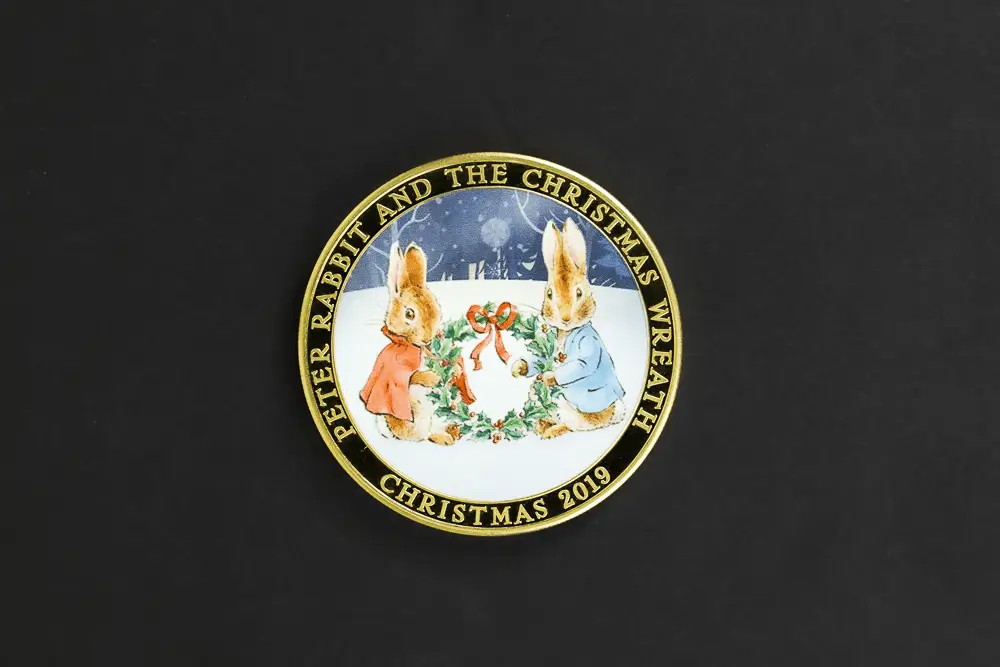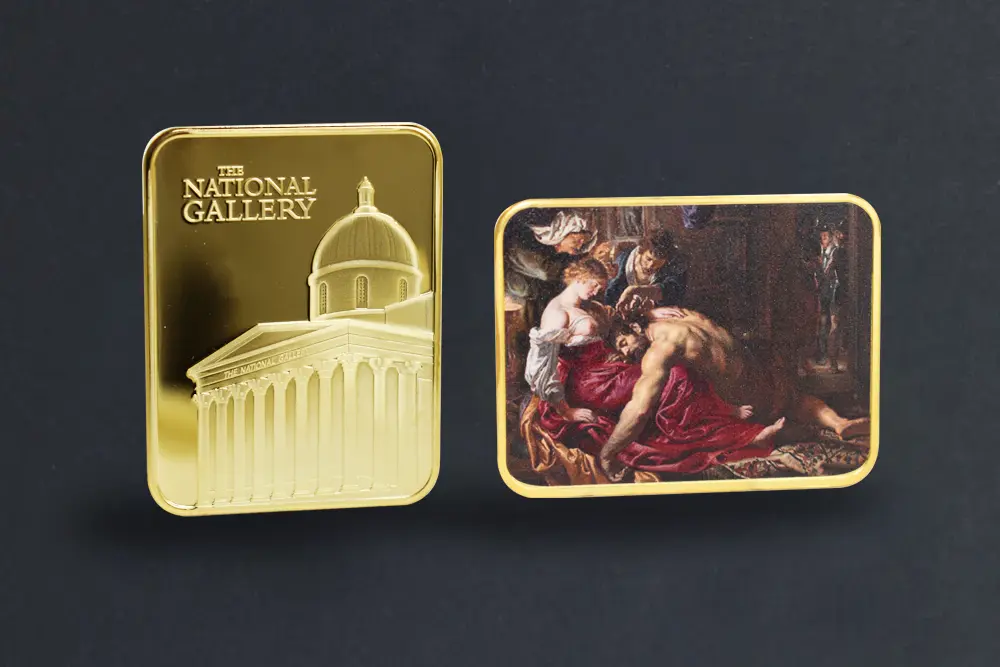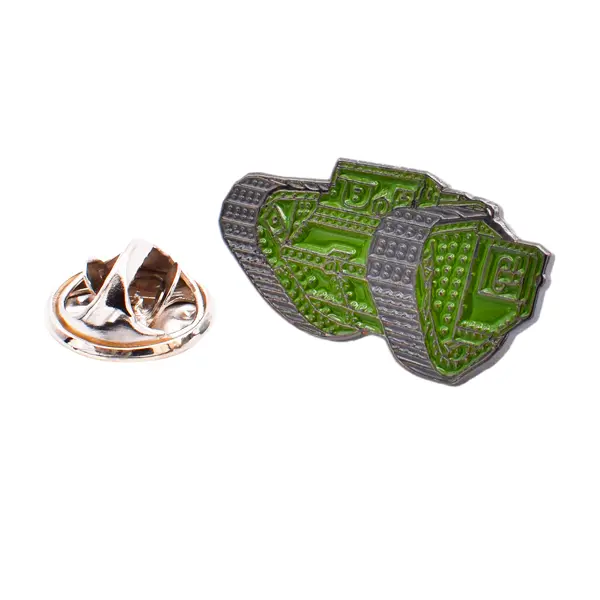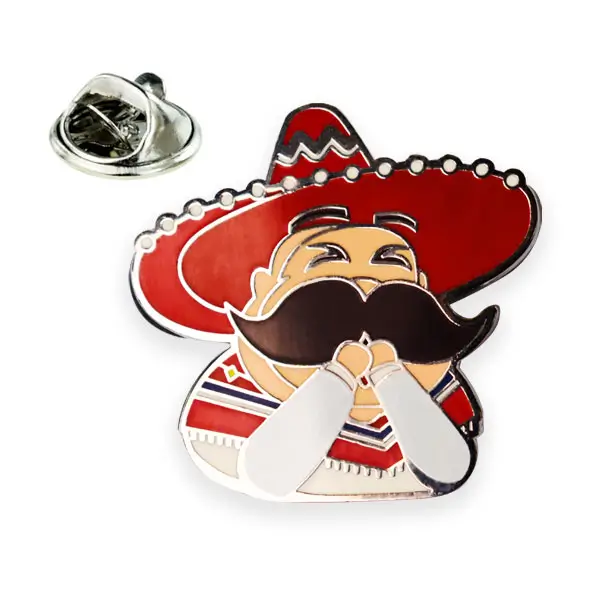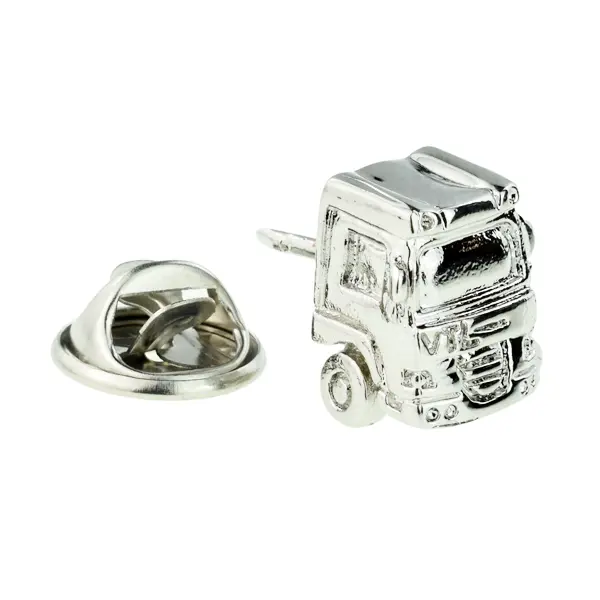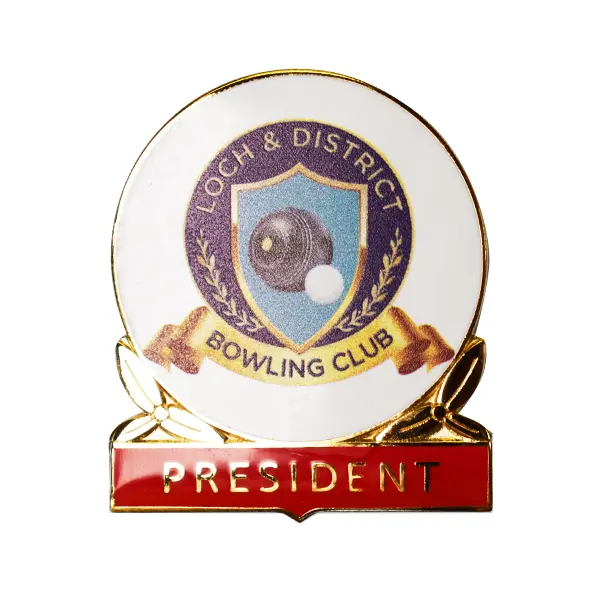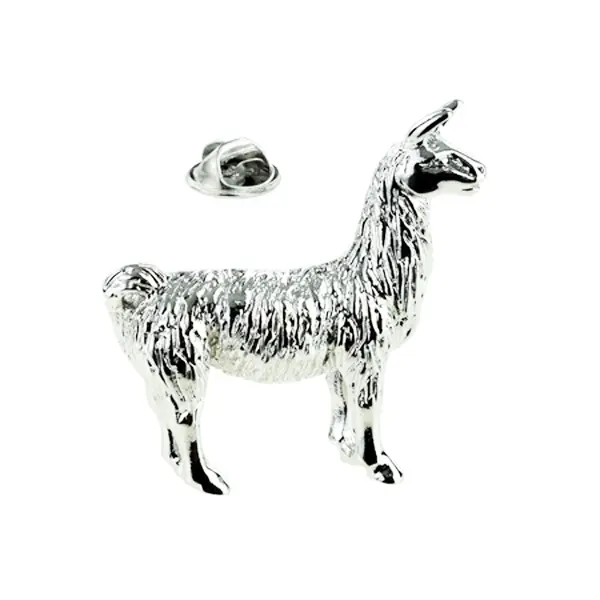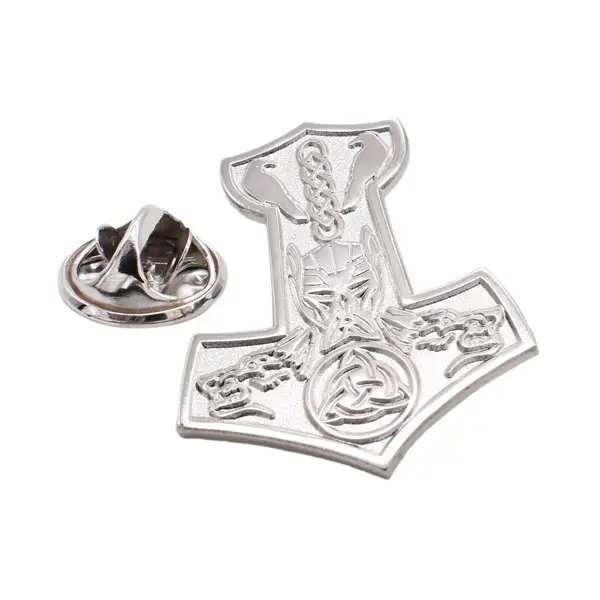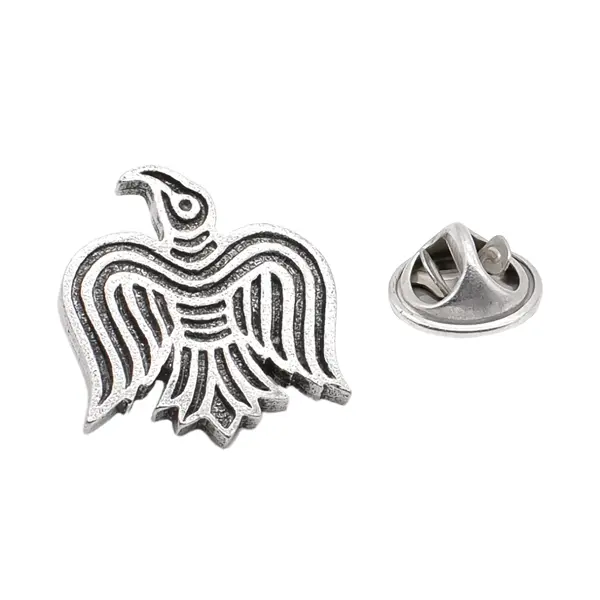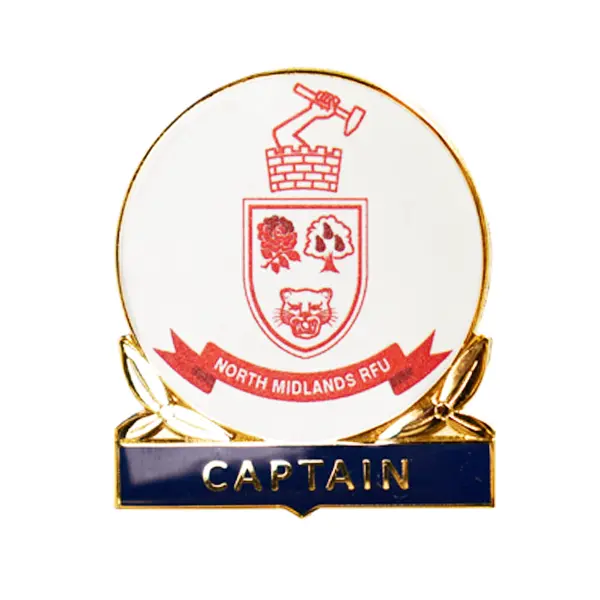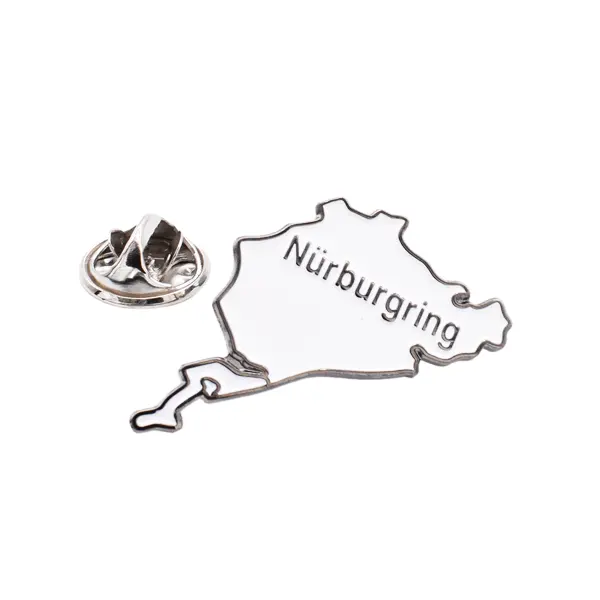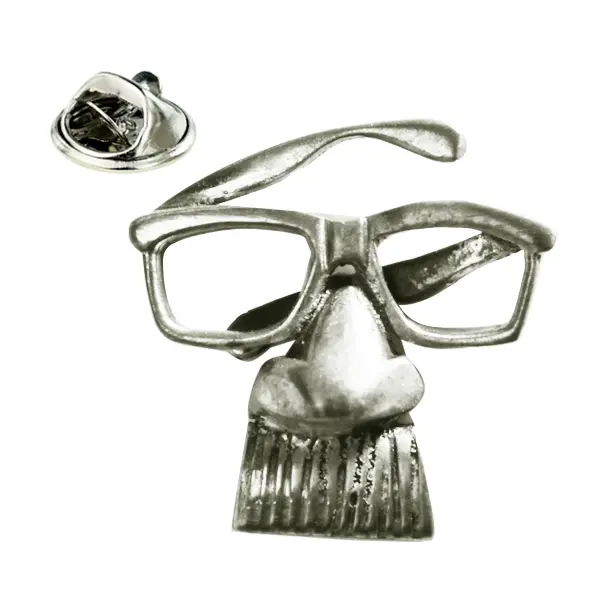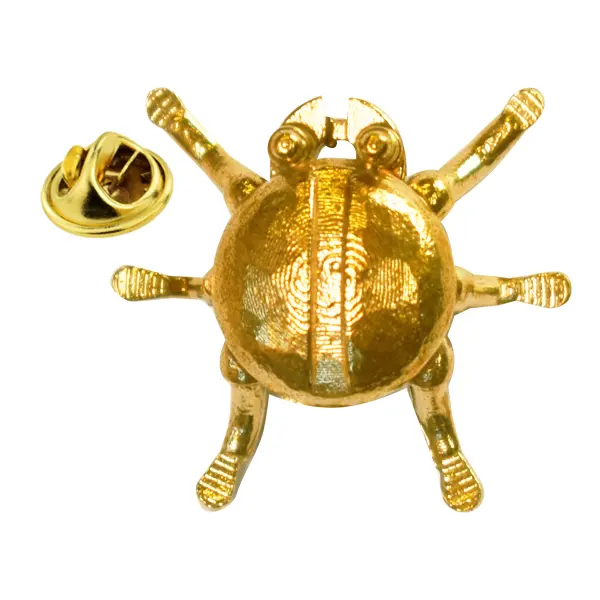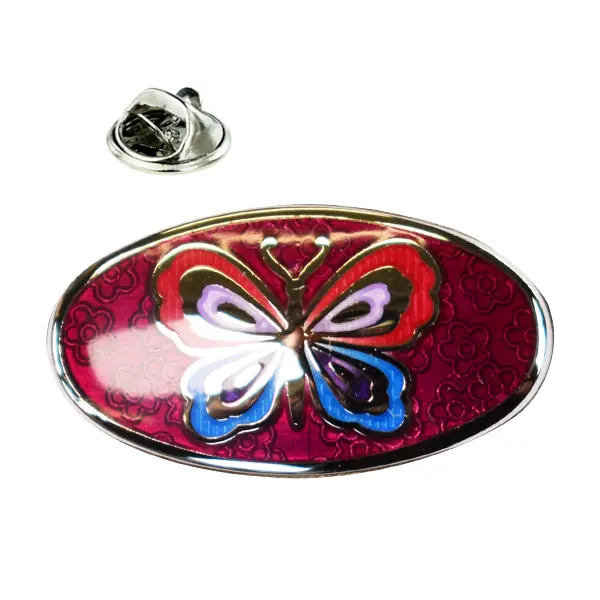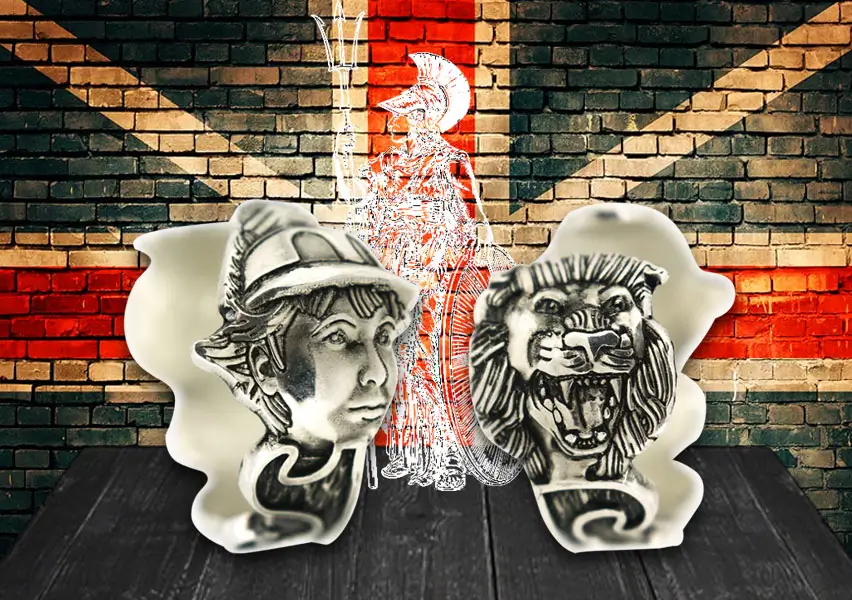
Exploring the characteristics of a theme.
This project began as a challenge to produce a piece of jewellery based around the theme of Britannia. As a result, the initial steps were to research and gain a better understanding of the term “Britannia”. The term was originally coined by the Romans as a name for the British Isles replacing the term Albion, however this soon became a personification depicting “Britannia” as a helmeted female warrior holding a trident and shield. This character has survived through the ages and developed into a unique cultural icon subtly changing over time. Having appeared on Roman coins in the 2nd century AD, the character was revived during the 1700’s, firstly on coins issued by Charles II and then becoming almost a mascot of the British Royal Navy, particularly through the association with the patriotic song “Rule, Britannia!”. By the time of Queen Victoria, the image of Britannia had become linked to the strength of the Royal Navy with the character now holding Neptune’s trident, a sign of British control over the seas. The British lion, appearing on the arms of Scotland and England also began to be depicted at Britannia’s feet. Finally, a Greek Hoplite shield sporting the British Union flag was held or stood beside.
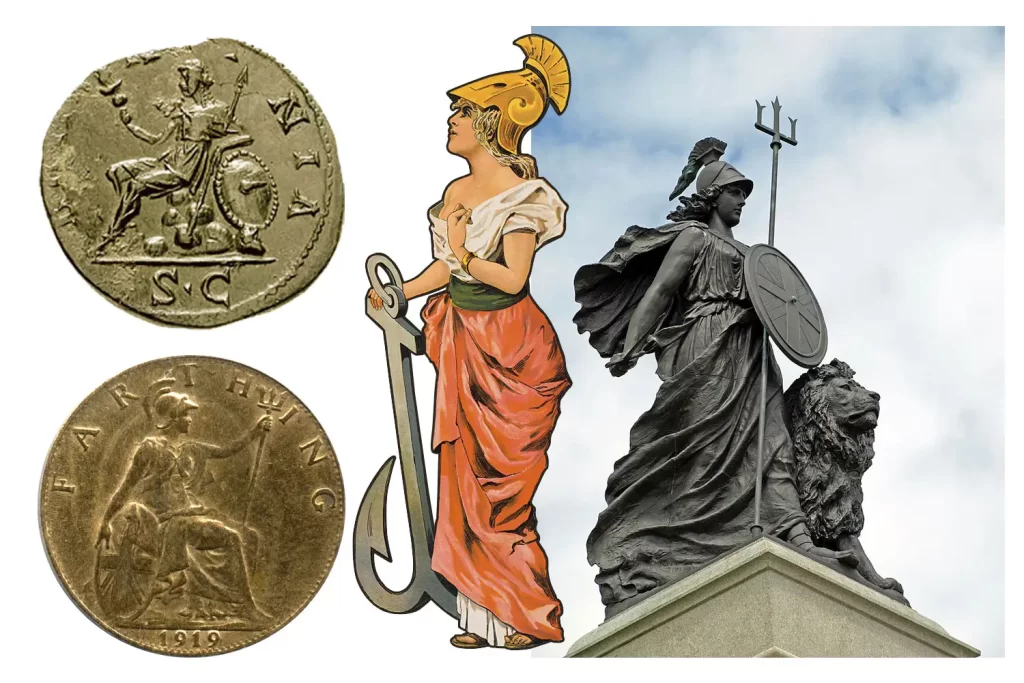
Bringing a character to life
All of these attributes provided various design opportunities, but for a starting point it was decided to focus on three key elements: Britannia herself, the British lion and a nod to the sea and naval tradition. To begin the design process, sketches were made to explore the form of the Britannia character and the British lion. Due to the small nature of any jewellery item, it was decided to focus on the Britannia face and Corinthian helmet rather than the whole character, as it was felt that these features could immediately disclose the character’s identity. Having explored the form through sketch work, a 3D model was built in CAD software. In a situation where we were not entirely sure of the project direction at this stage, building a fully 3D model was preferable as it enabled the character to be viewed from any angle providing the prospect for multiple relief angles.
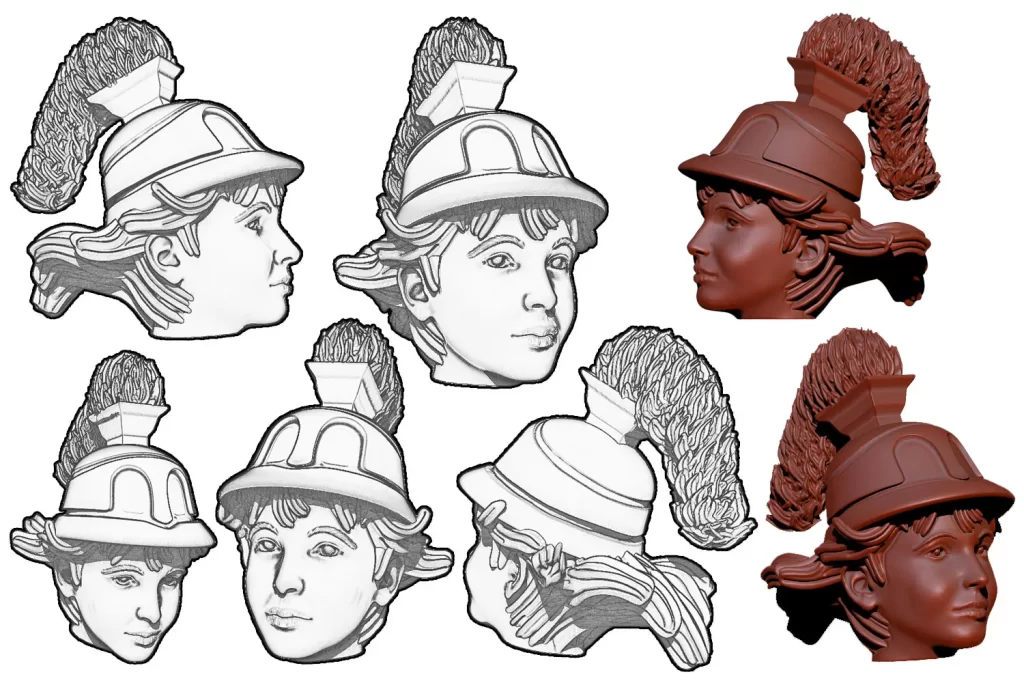
Having built the Britannia face model, it was chosen to design just the lion head in the same manner to ultimately develop a piece of jewellery whereby the two faces sat opposite one another – Britannia, personification of the British Isles and the British lion, two symbols of the same country.
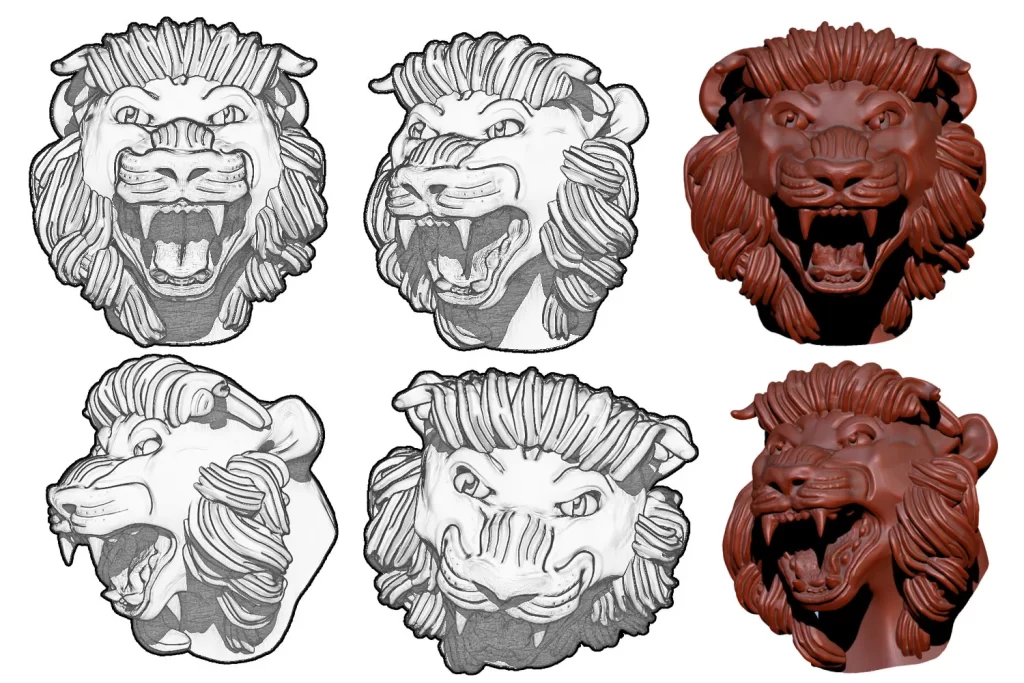
Having considered the design of the Britannia and lion elements of the jewellery piece, we still required the reference to the sea or naval tradition. It was at this point that the final direction of the jewellery item was decided, as by making a wrap ring the two ends of the ring could be dominated by the Britannia and lion figures and the central band of the ring could feature a wave design, embodying all three chosen themes. The advantage of the open wrap ring style is that by squeezing the ring ends closer together the size can be adjusted to suit anybody’s fingers and the two main protagonists of the design, Britannia and the lion, can be moved closer and further apart. The next step was to sketch the ring design to finalise the poses for the Britannia and lion figures and create the wave design to link the piece together. The wave design features bold, stereotypical surf shapes with more subtle water ripple textures within. The waves are the highpoint of the ring design to enable them to be polished, creating contrast with the rest of the textured surfaces, blackened with oxi-wipe solution.
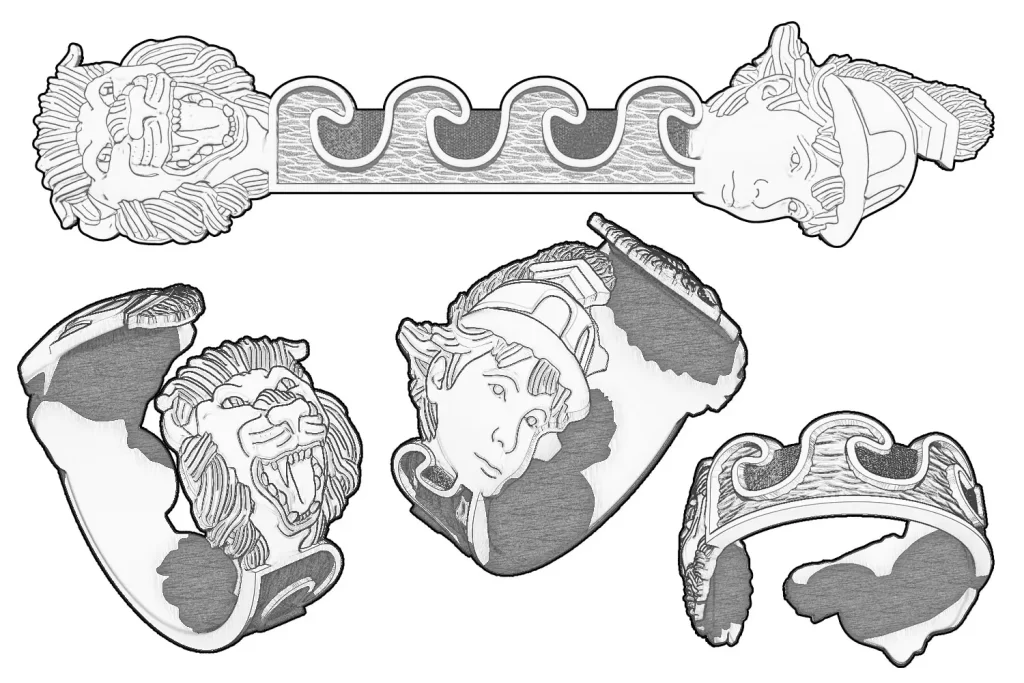
Turning ideas into reality
With the design of the ring finalised in sketch format we set about converting the 3D lion and Britannia head models into reliefs. In flattening the design from a 3D model to a 2.5D model it was important to ensure all the key details would be deep enough to be visible when cut on the CNC machine, as well as limiting the overall relief depth to ensure that the final design could be formed into a ring shape. Too thin and the ring would be likely to snap at weak points during the forming process, too thick and the piece would be unable to be formed into the ring shape. Fortunately, we were able to run height analysis trials in the CNC software to find a happy medium between overall depth and design detailing. The two reliefs were added to opposite ends of the wave design, and the join was re-modelled to create a smooth transition.
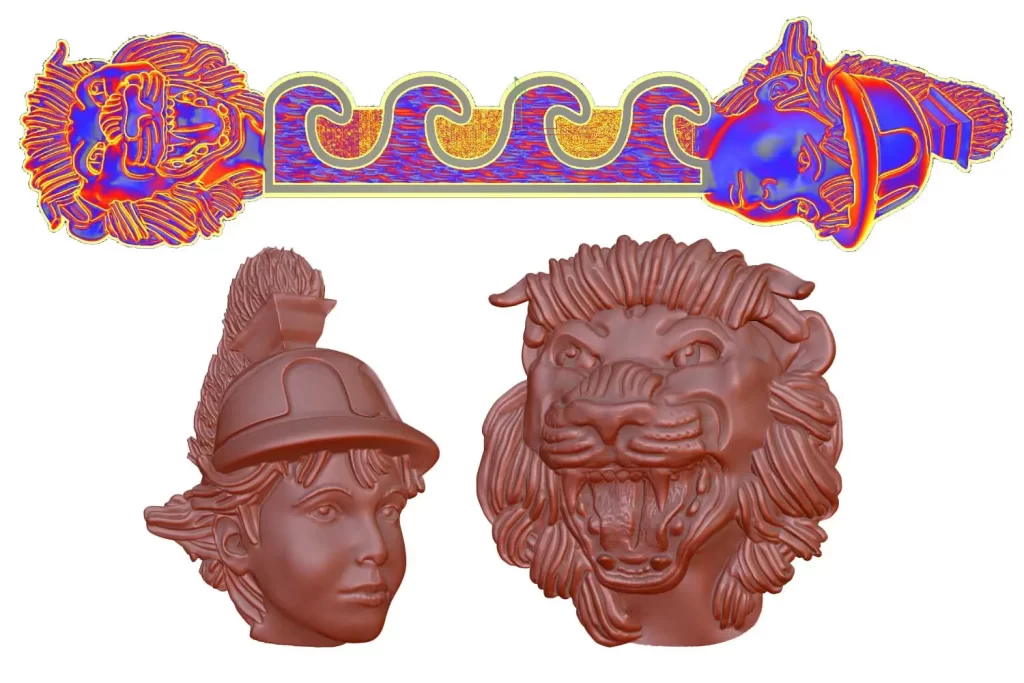
With the modelling of the ring complete and the various heights and thicknesses approved, the ring design was sent to the CNC machine to be milled out of a sheet of 925 sterling silver. The ring was then cut out by hand with a coping saw and the edges were filed, sanded and polished. The ring was formed around a cylinder with a jewellery mallet to make a rough ring shape, before being properly sized on a ring sizing mandrel. Finally, the oxi-wipe solution was applied to darken the fine details, and the ring was fully buffed and polished to achieve maximum contrast between the light and dark surfaces.
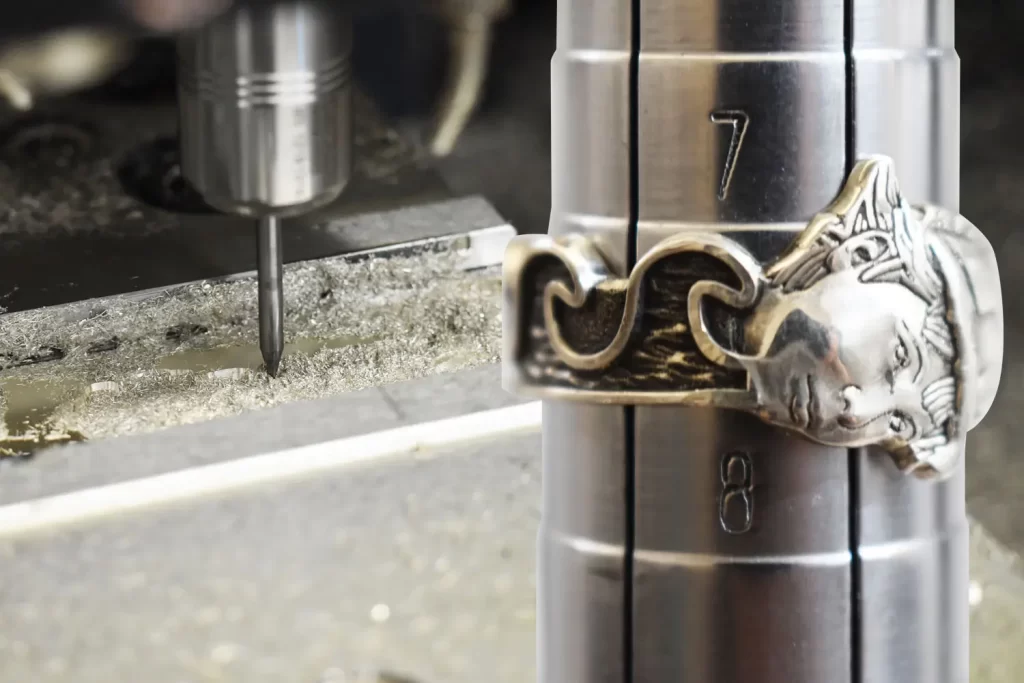
Project proven, professional, potential products
This project proved our ability to design around a requested theme. It provides a glimpse into the many steps required to generate a commercial, professional-grade jewellery item. Most of all, this project proves that with a diligent approach we can generate jewellery products for any theme that you could imagine. Contact us today to discuss your next jewellery range project.
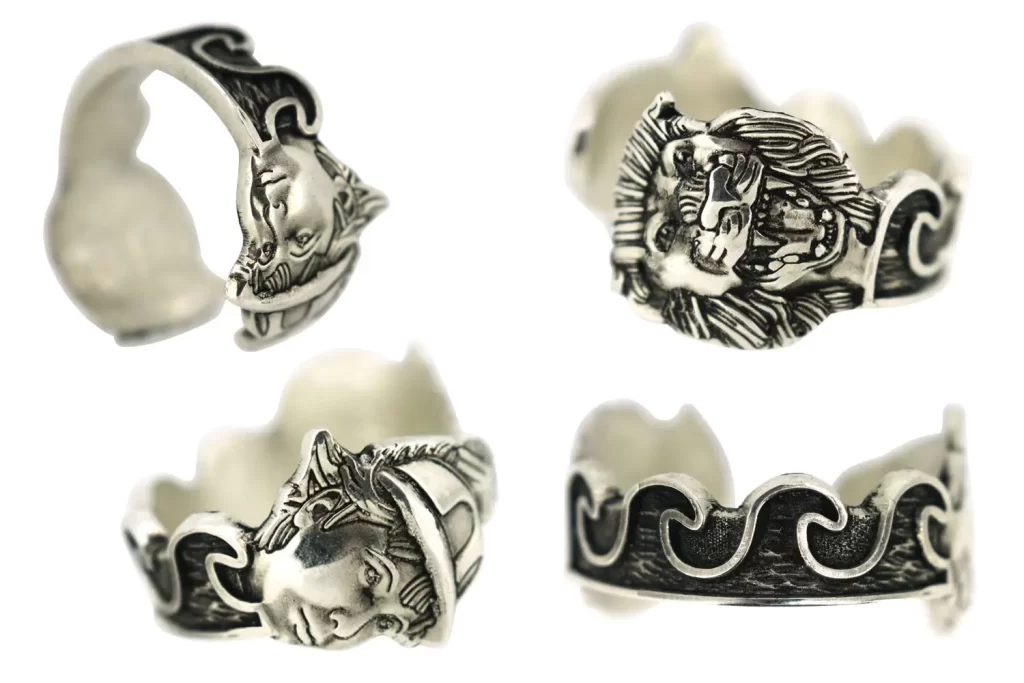
Merit Badge & Regalia Co Ltd, 4 George Baylis Road, Droitwich, WR9 9RB, United Kingdom
+44 (0)1905 791350 | sales@meritbadge.co.uk
